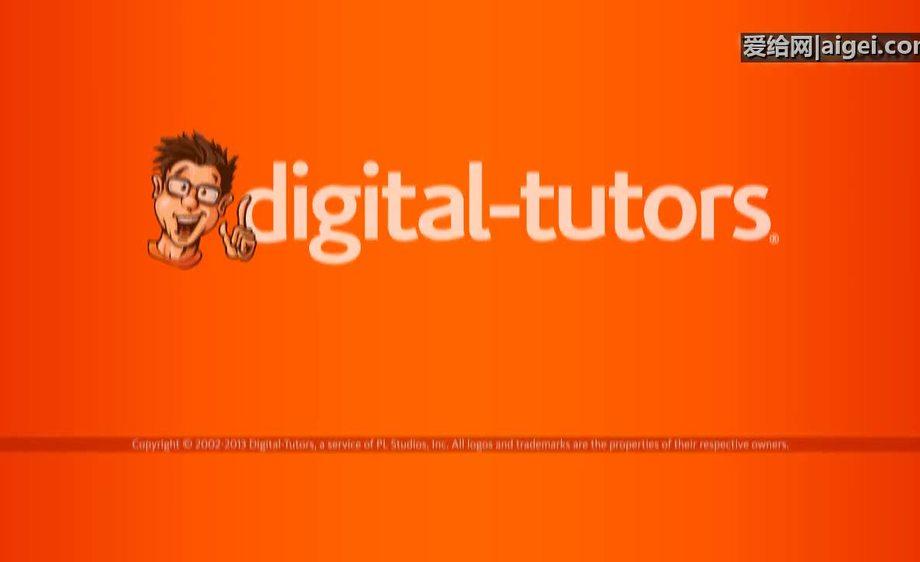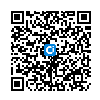教程简介:
译文: 对于一个平面设计师,矢量和栅格图像或艺术品之间的明显区别。为了避免棘手的情况与打印机和客户,要知道如何以及在何处每个可以或应该使用极为重要。 插画家已经能够将光栅图像转换成向量有几个版本现在但与 Illustrator CS6 这一工具集已经面目,是纯粹的喜悦来使用。在本课程中我们将开始探索新的图像跟踪功能进行详细的。从这里我们会专注于不同的场景在哪里,我们可能需要利用图像跟踪和我们怎样才能更有效地做苏从照片到理性,甚至草图和插图,在 Illustrator 图像跟踪使短的工作转换甚至是最复杂的光栅图像矢量条完成此课程后进入你会知道这些工具内的进出也会有一些伟大的想法,如何将它们应用到您自己的项目。
原文: For a graphic designer, there is a distinct difference between vector and raster images or artwork. To avoid sticky situations with printers and clients, its extremely important to know how and where each can or should be used. Illustrator has been able to convert raster images into vectors for several versions now but with Illustrator CS6, this tool set has been overhauled and is a pure joy to use. In this course we will begin by exploring the new Image Trace features in detail. From here we’ll focus on different scenarios where we might need to utilize Image Trace and how we can be more effective in doing so. From photographs to logos and even for sketches and illustrations, Image Trace inside of Illustrator makes short work of converting even the most complex of raster images into vector art. After completing this course, you will know these tools inside and out and will have some great ideas on how to apply them to your own projects.



